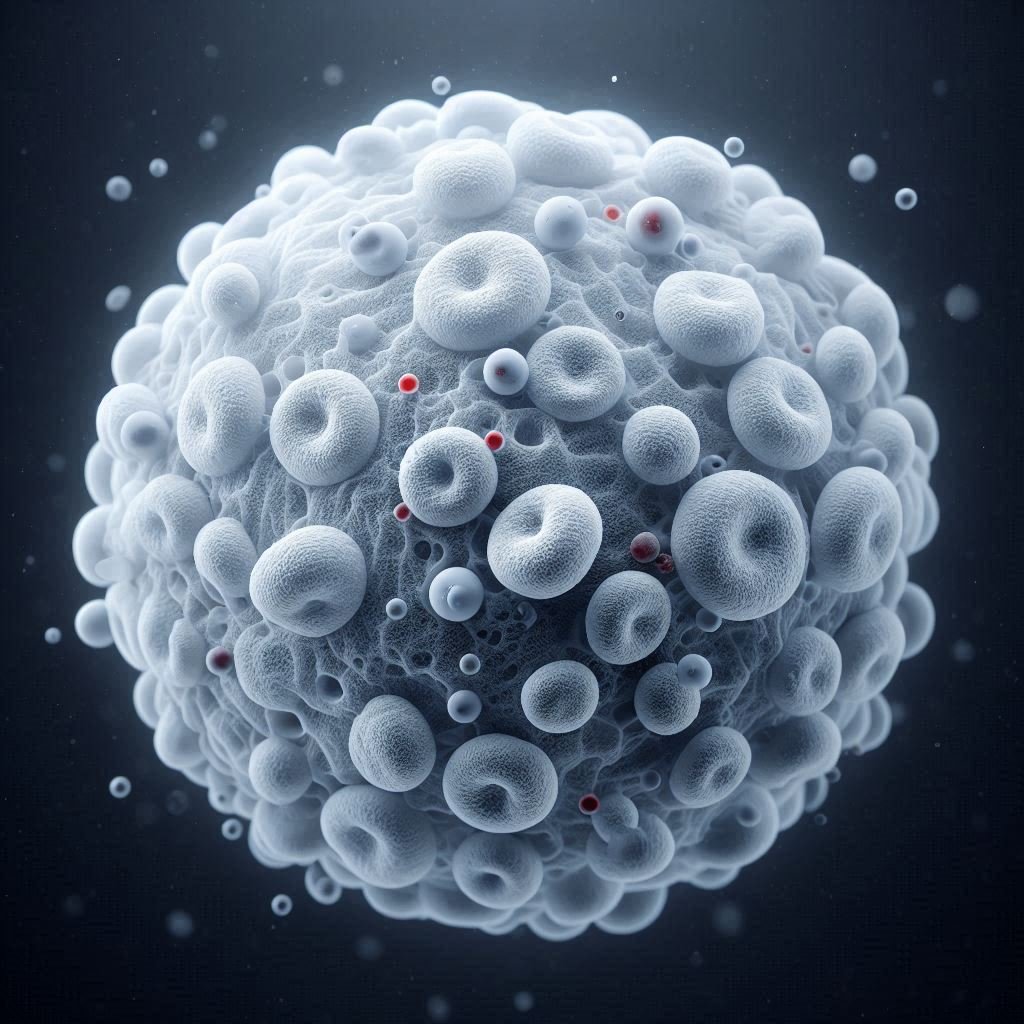
Sjogren’s syndrome is a chronic disease in which white blood cells attack the moisture-producing glands. Two distinct forms of Sjogren’s syndrome are recognized known as primary and secondary Sjogren’s. It is characterized by the abnormal production of extra antibodies in the blood that are directed against various tissues of the body. Sjogren’s syndrome is also associated with rheumatic disorders such as rheumatoid arthritis. The hallmark symptoms of the disorder are dry mouth and dry eyes. “Primary” Sjogren’s syndrome occurs in people with no other rheumatologic disease. “Secondary” Sjogren’s occurs in people who do have another rheumatologic disease, most often systemic lupus erythematosus and rheumatoid arthritis. Sjogren’s syndrome is a relatively common disease, although often under-diagnosed.
In Sjogren’s syndrome, your immune system attacks healthy tissue. About 50% of the time Sjogren’s syndrome occurs alone, and 50% of the time it occurs in the presence of another connective tissue disease. Currently there is no know cure for Sjogren’s syndrome. The objectives of treatment are to control the symptoms, prevent or limit organ involvement, and help patients improve their quality of life. It is one of the most prevalent autoimmune disorders, striking as many as four million Americans. Women are 9 times more likely to have Sjogren’s syndrome than men. The disease can affect other glands too, such as those in the stomach, pancreas, and intestines, and can cause dryness in other places that need moisture, such as the nose, throat, airways, and skin. Most of the complications of Sjogren’s syndrome occur because of decreased tears and saliva. Patients with dry eyes are at increased risk for infections around the eye and may have damage to the cornea.
Causes of Sjogren’s syndrome
The common causes and risk factor’s of Sjogren’s syndrome include the following:
The exact cause of Sjogren’s syndrome is not known.
A combination of genetic and environmental factors.
Rheumatoid arthritis.
A viral or bacterial infection.
A family history of Sjogren’s.
Symptoms of Sjogren’s syndrome
Some sign and symptoms related to Sjogren’s syndrome are as follows:
Cracking of the tongue.
Mouth sores and swelling.
Dry mouth.
Skin rashes including purple spots.
Fatigue.
Shortness of breath or other difficulty breathing.
Dental cavities.
Difficulty swallowing due to lack of saliva or other problems.
Treatment of Sjogren’s syndrome
Here is list of the methods for treating Sjogren’s syndrome:
Nonsteroidal anti-inflammatory drugs may be used to treat musculoskeletal symptoms.
Artificial tears to help with dry eyes.
If dryness is a problem, your doctor can recommend an over-the-counter treatment to relieve discomfort.
Saliva stimulants and mouth lubricants for dry mouth
For individuals with severe complications, corticosteroids or immunosuppressive drugs may be prescribed.
Joint pain and swollen salivary glands can be treated with pain relievers and rest.
For dry mouth: Use sugar-free gum or candies to stimulate saliva production.




